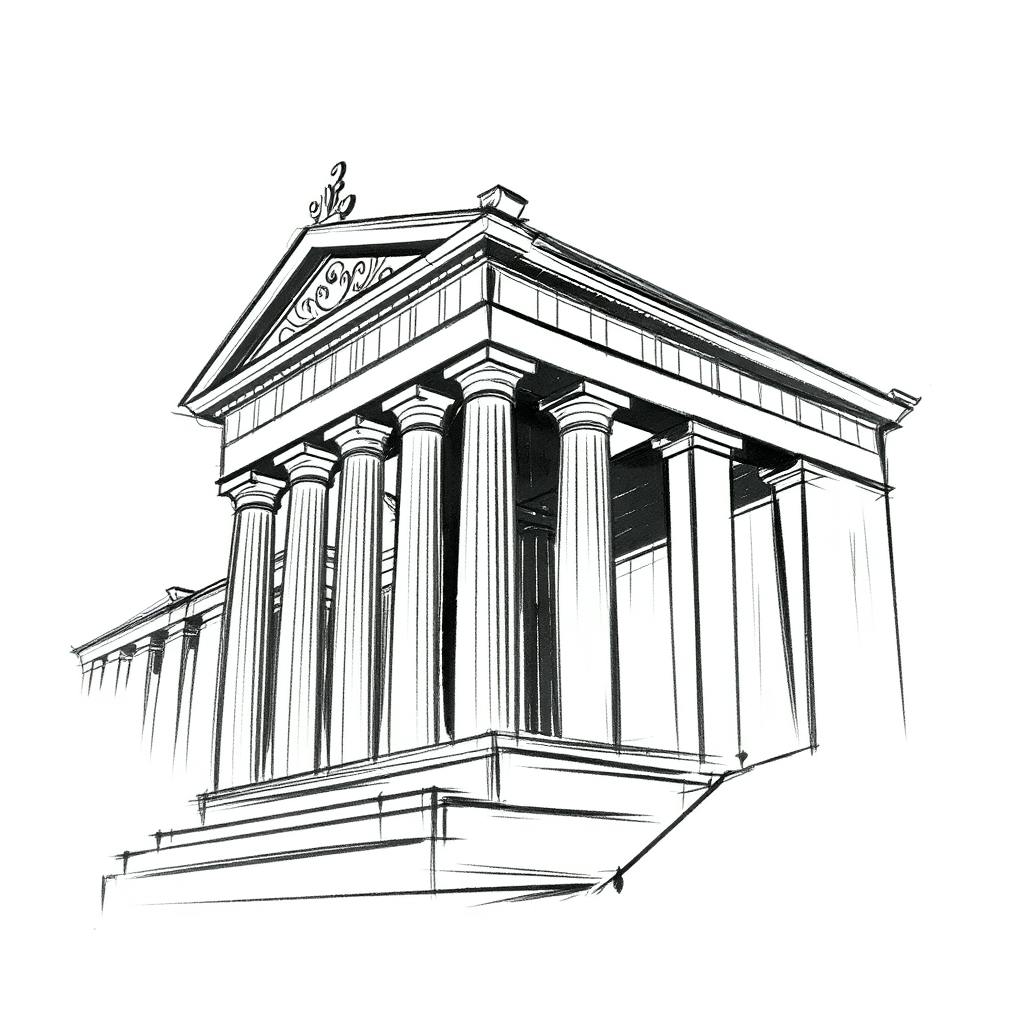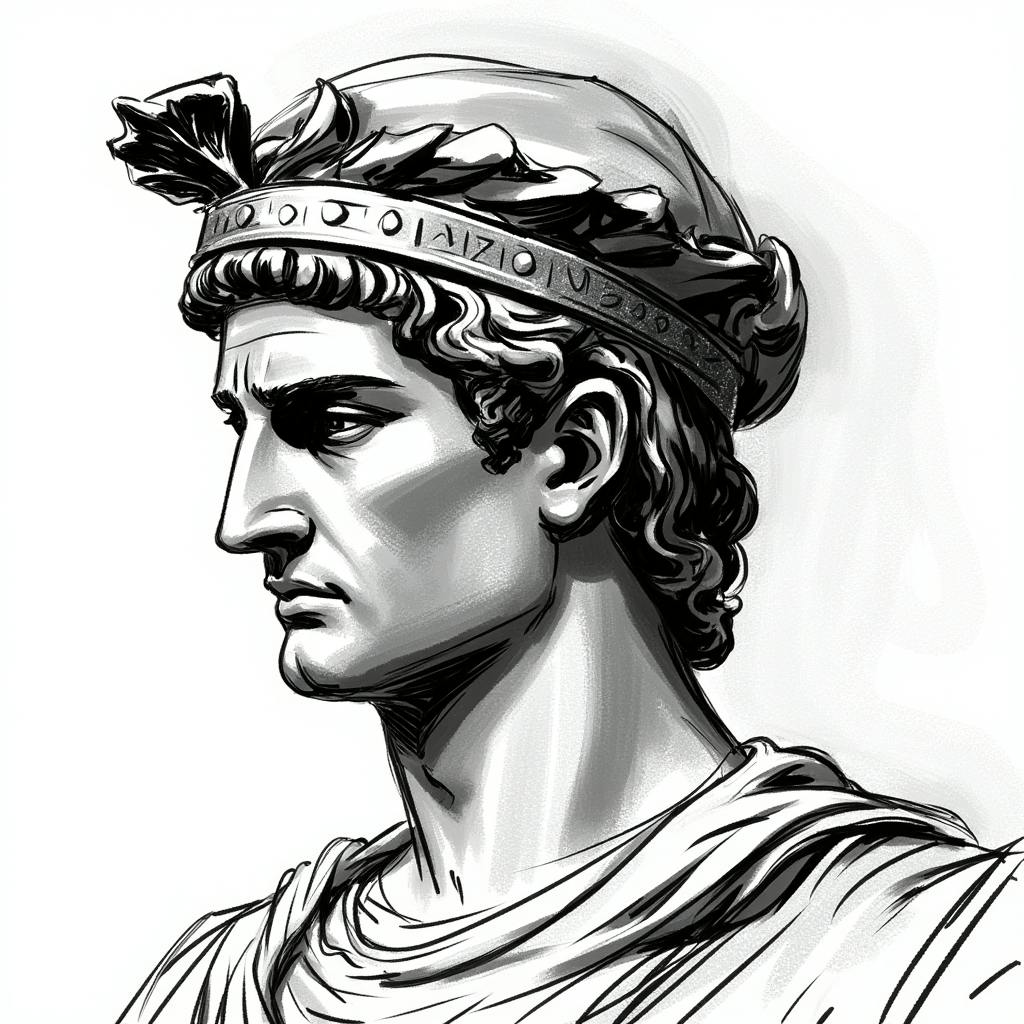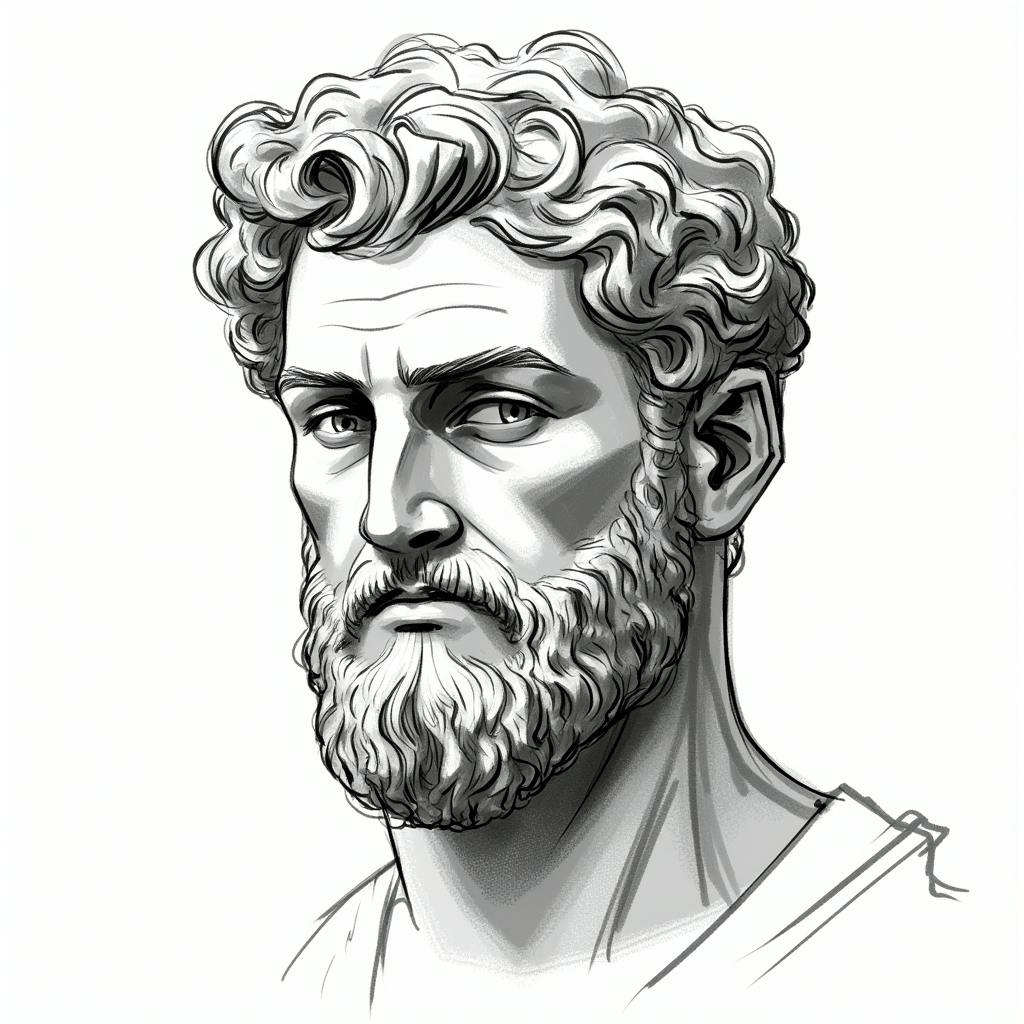Classical iconography, an essential facet of art history, represents a compelling tapestry of symbolic imagery that has influenced artistic expression across centuries. This field of study encompasses the legacies of ancient cultures, the evolution of iconographic traditions, and the profound role of symbolic art history in shaping our visual heritage. As scholars and enthusiasts delve into this discipline, often guided by the esteemed Classical Iconography Institute and related research entities, they uncover the intricate layers of historic visual symbolism that continue to resonate in modern artistic endeavors.
Overview of Classical Iconography's Role
In the expansive realm of art history, classical iconography is pivotal in deciphering the visual narratives encoded into art from ancient civilizations, such as Greece and Rome. These iconic images and representations, steeped in mythological, religious, and cultural connotations, have served as both inspiration and instruction for countless artists across successive generations. Understanding these symbols enables scholars to connect past and present, articulating how these pervasive motifs have influenced movements such as the Renaissance, Neoclassicism, and beyond.
Explanation of Key Concepts
Classical iconography revolves around core concepts including the interpretation of symbols, the analysis of recurring motifs, and the transition of these symbols across different cultures and epochs. Among the most recognized motifs are the laurel wreath, symbolizing victory and honor; the lion, denoting power and courage; and the lyre, representing the arts and music. By examining these symbols, scholars can trace the diffusion of ideas and the ways in which these icons were adapted to suit varying cultural narratives.
Insights Into Common Questions
One frequently asked question in the study of classical iconography is how these ancient symbols have maintained their relevance. The endurance of classical iconography can be attributed to its deep-rooted connections with universal human experiences and its ability to convey complex ideas succinctly. For instance, the portrayal of deities from Greek and Roman traditions, like Zeus or Venus, continues to reflect themes of authority, love, and beauty, making these icons timeless.

AI made with Jordan Kotzebue
Another common query relates to the impact of classical iconography on modern art. Many contemporary artists draw inspiration from these ancient symbols, reinterpreting them to address current social issues or personal narratives, thereby keeping the dialogue between past and present alive and dynamic.
Sources Underpinning Iconographic Insights
The study of classical iconography is bolstered by authoritative scholarship and rigorous analysis. Institutions like the Classical Iconography Institute play a crucial role in preserving, studying, and disseminating knowledge about these symbols. Through conferences, publications, and exhibitions, these organizations facilitate a deeper understanding of symbolic art history and foster an appreciation for the continuity and transformation of iconographic traditions.
FAQ: Understanding Classical Iconography in Art History
What is classical iconography and why is it important in art history?
Classical Iconography refers to the use of symbols, themes, and motifs derived from ancient Greek and Roman mythology, literature, and culture in visual art. This form of iconography plays a critical role in art history because it serves as a bridge connecting modern audiences to the cultural narratives of antiquity. As artists sought to convey complex ideas, values, and stories, classical iconography provided a universally recognized visual language rooted in shared cultural references.
Its importance in art history is multi-faceted:
- Cultural Continuity: It preserves and transmits the cultural and philosophical achievements of ancient civilizations.
- Symbolic Depth: Artists use these symbols to inject their works with layers of meaning, allowing viewers to interpret and connect with their art on multiple levels.
- Educational Value: Studying classical iconography offers insight into the worldview, religious beliefs, and societal structures of ancient cultures.
- Influence on Western Art Traditions: Classical iconography has profoundly shaped Western art, providing a foundation upon which artistic development has been based and evolved.
Can classical iconography influence modern art?
Yes, classical iconography continues to influence modern art in many significant ways. Modern and contemporary artists often revisit classical themes and symbols to comment on current societal issues, explore timeless human emotions, or subvert traditional narratives. This engagement can manifest in various forms, including:
- Reinterpretation: Modern artists might reinterpret classic myths or figures in a contemporary context, highlighting current issues such as gender, politics, and identity.
- Innovation and Parody: Some artists draw upon classical iconography to critically examine or parody the cultural and artistic power dynamics historically embedded in these symbols.
- Fusion with Technology: Technology enables new media through which artists can reimagine classical symbols in digital art, installation art, and other avant-garde forms.
For example, artists like Pablo Picasso and Jeff Koons have used classical themes while infusing them with personal style or modern commentary.
How has classical iconography shaped the symbols used in art history?
Classical iconography has had a profound impact on the development and evolution of symbolic representation in Western art. Here's how it has shaped art history:
- Established Archetypes: Many enduring archetypal symbols, such as the hero, the muse, or the villain, originate from classical narratives and continue to reappear in various cultural outputs.
- Influence on Religious Art: During the Middle Ages and Renaissance, classical iconography merged with Christian iconography, influencing depictions of biblical scenes and saints, where Greek gods were often reinterpreted in a Christian context.
- Formation of Artistic Genres: Genres like history painting and allegory are deeply rooted in classical themes; understanding these narratives and symbols is essential for interpreting works within these genres.
In this way, classical iconography has provided essential visual tools for storytelling and expression that are still relevant today.

AI made with Jordan Kotzebue
Can you provide examples of famous artworks that use classical iconography?
Certainly, numerous artworks across different periods use classical iconography. Some significant examples include:
1. "The Birth of Venus" by Sandro Botticelli:
This iconic painting is rooted in classical mythology, depicting Venus, the Roman goddess of love and beauty, emerging from the sea.
2. "Apollo and Daphne" by Gian Lorenzo Bernini:
This Baroque sculpture depicts a moment from Roman mythology where Apollo pursues the nymph Daphne, who is transformed into a laurel tree to escape him.
3. "The School of Athens" by Raphael:
This fresco in the Vatican features a collection of ancient Greek philosophers, embodying classical ideals of wisdom and knowledge.
4. "Oath of the Horatii" by Jacques-Louis David:
This Neoclassical painting illustrates a story from Roman history, emphasizing themes of duty and sacrifice—key components of classical iconography.
5. "The Death of Socrates" by Jacques-Louis David:
Another Neoclassical masterpiece portraying the moments leading up to the philosopher Socrates' death; it is filled with classical symbolism representing philosophy and martyrdom.
These artworks utilize classical iconography not only to invoke ancient narratives but also to explore universal themes that resonate across time.
Conclusion
Classical iconography serves as a bridge between antiquity and modernity, offering scholars and artists a lexicon of symbols that illuminate the human condition across time. Through the examination of these enduring images, enriched by the supportive network of academic and research institutions like the Classical Iconography Institute, we gain valuable insights into the shared cultural heritage and aesthetic principles that have shaped art history. As we continue to explore these symbols, the study of classical iconography remains a vital and vibrant field that enriches our appreciation of both historical and contemporary art.

